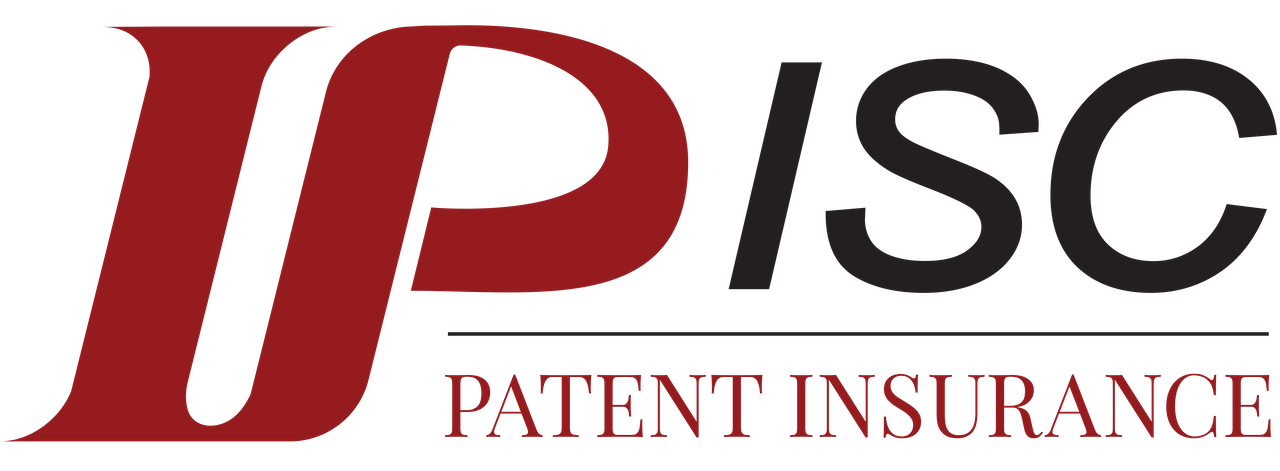Product Overview
The Enforcement policy (formerly called the Abatement policy) is a unique plaintiff’s policy which reimburses your litigation expenses when you need to enforce your Intellectual Property (IP) against alleged infringers, as well as reimburses your costs due to any invalidity counter lawsuits filed against your IP.
The Enforcement policy is a blended coverage, meaning, there are elements of pure insurance (unexpected risk) and a bond (people made/moral risk). In the event that you lose your IP lawsuit, the Enforcement policy acts as a pure insurance policy. In the event that you win your IP lawsuit and are awarded damages and fees (or receive a settlement), the policy then acts as blended coverage. That is, you only cover the costs to date in the lawsuit paid out by the insurance carriers as part of the policy.
You and your company retain all other monies obtained. This is a much better deal for you, as opposed to Contigency litigation, where your lawyers want a percentage, often big, of all of the monies you receive. Even better, once the accounting is closed for your first lawsuit, your policy is automatically reset, and you can sue another infringer, up to the policy limits.

If you win and get an injunction, but obtain less compensation than the cost of the trial, you have to cover the balance of these costs, after the lawsuit is over. Until then, during the trial, the running costs of litigation are covered by the policy. However, once you cover the remaining costs of the lawsuit, then your policy is automatically reset, and you can sue another infringer, up to the policy limits. Even better, you are automatically given a $100,000 relief from the monies you need to reimburse (and for a fee, you can extend the relief to $250,000).
If you win and get an injunction, but obtain no compensation, then you have to reimburse the costs of the the entire lawsuit, after the trial is over. Again, once you reimburse the costs of the lawsuit, then your policy is automatically reset, and you can sue another infringer, up to the policy limits. Again, even better, you are automatically given a $100,000 relief from the monies you need to reimburse (and for a fee, you can extend the relief to $250,000).
Features & Benefits

Enforcement coverage is available for any company with issued patents, patent application or provisional application; registered trademarks, trademark applications, common law trademarks, trade dress, and registered or unregistered copyrights (must be registered before asserting).

Advantages of the Enforcement policy include preventing loss of market share, as well as preventing a cash drain on your operations due to the cost of lawsuits. When you carry the policy, it can often deter your competitors from infringing your technology (knowing you have the resources to sue), and reduces the pressure on you to settle that lawsuit too early (which often occurs when companies are paying for litigation on their own). And being able to more effectively protect your IP by having the Enforcement policy, makes your business more attractive to customers, partners, licensees and investors.

The Enforcement policy is claims made and reported. Policy terms range from 1 to 3 years with limits ranging from $250K to $10M (higher limits may be available). Pre-existing circumstances are excluded from coverage if the commercial activity that led to the infringement began before the first policy period. The test is objective; it does not matter if the activity was known or unknown at the time of purchase of the Policy.

IP Quality Review
Part of the approval processs to obtain the Enforcement policy is where IPISC does a rigorous review of the quality of your IP, especially your patents. During litigation, lawyers will attack the validity of your patents, often times as a successful defense. Sadly, too many patents that issue (especially software patents) are of low quality, and are invalidated in court. Too often, patents cite little prior art and/or the patents’ claims were drafted too broadly and/or too vaguely. IPISC’s review will help you save time and money in this matter. And where possible, IPISC will offer advice on how to strengthen your patents (for
example, doing a Reexamination or Reissue) to make them more eligible for an Enforcement policy.
Using the Enforcement Policy
You can invoke the Enforcement policy by 1) notifying IPISC of the discovery of infringement and other relevant facts by completing a claim form provided by the Claims department; and 2) providing IPISC with a favorable opinion letter from an independent IP counsel regarding the issue of enforceability, validity and infringement of your IP. See: List of Approved Lawyers for Opinion Letters, IPISC’s panel of lawyers to prepare these opinion letters.
Upon compliance with the policy terms, IPISC will then authorize the lawsuit filed by you. You have choice of legal counsel to represent you in the lawsuit; however, IPISC may suggest reliable and preferred counsel for you to use – but the choice is yours. You also decide the final settlement terms.
Once IPISC confirms your protection under the Enforcement policy, the policy will begin to reimburse you for your litigation expenses. Your legal counsel must follow the litigation and billing guidelines set forth by IPISC to ensure the full value of the policy. See Litigation Management Services.

